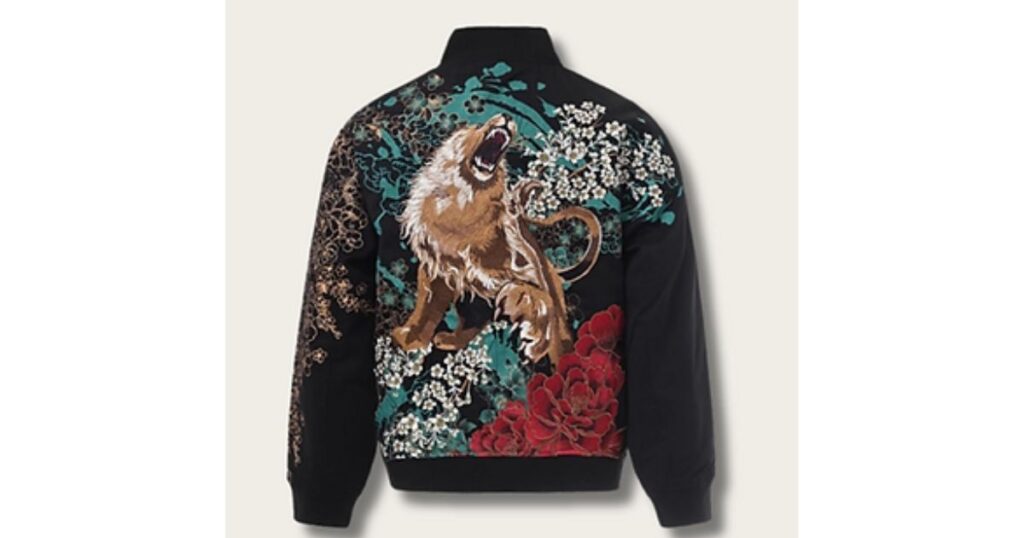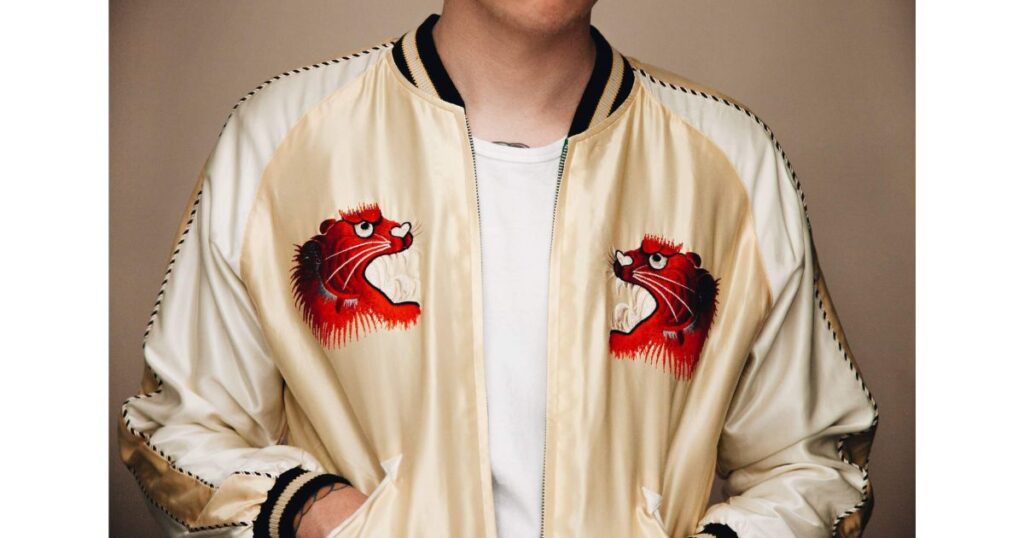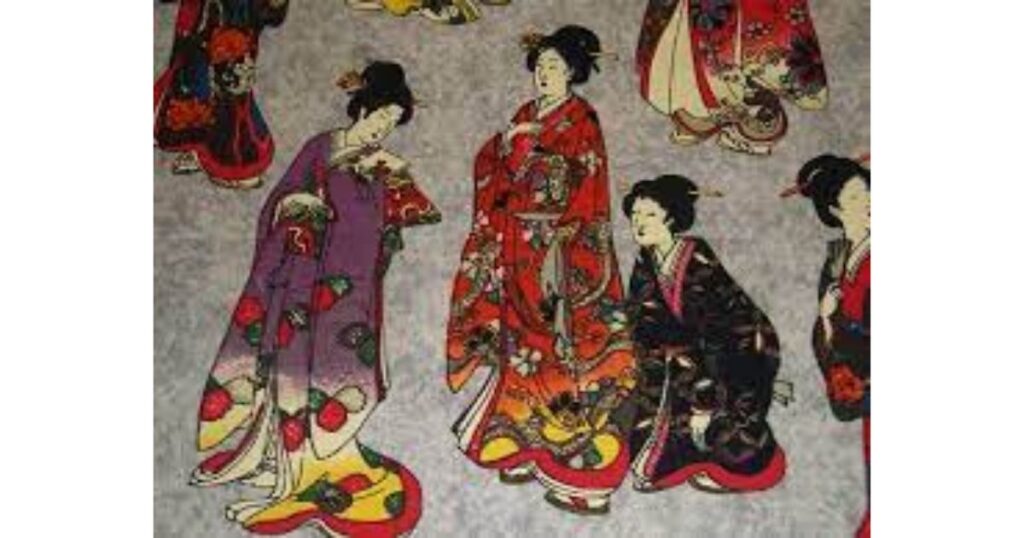Japanese jackets blend tradition and modern fashion, with roots going back centuries. These jackets, inspired by traditional garments like the kimono and haori, showcase the rich cultural history of Japan. Each piece reflects the country’s unique craftsmanship, attention to detail, and timeless style, making them both fashionable and meaningful.
What makes Japanese jackets stand out is their perfect balance between heritage and modernity. These jackets tell a story, whether it’s the intricate patterns, luxurious fabrics, or innovative designs. They’re a piece of art that connects past and present in a way few garments can. Wearing one is like wearing history with a modern twist.
This article will uncover the deep cultural significance behind each design and material. These garments reflect Japan’s rich history and show how traditional fashion has evolved into something global. From their origins to today’s fashion runways, Japanese jackets are a timeless symbol of style and heritage.
Blending Tradition with Modern Fashion
Japanese jackets beautifully combine traditional elements with modern fashion trends. While they often draw inspiration from classic garments like the kimono, they incorporate contemporary styles and materials. Designers skillfully update conventional designs with modern cuts, colors, and fabrics, making these jackets suitable for current fashion.
The fusion of old and new in Japanese jackets allows wearers to enjoy the best of both worlds. They get to experience the elegance and cultural significance of traditional designs while benefiting from modern comfort and style. This mix makes Japanese jackets versatile and relevant, bridging the gap between past and present in a way that feels fresh and exciting.
Read This Article: Did AT&T Really Bathing Suit Full Body AT&T Lily Fired
The Cultural Significance of Japanese Jacket Designs

Japanese jackets are more than just fashion. They carry deep cultural meaning. The patterns, colors, and fabrics used in these jackets often represent important symbols in Japanese culture. For example, Nature plays a big role in many designs, with elements like cherry blossoms, waves, and mountains frequently appearing.
In addition to nature, the design of these jackets often ties into Japanese values and traditions. Many jackets incorporate traditional motifs, such as cranes symbolizing long life or dragons representing strength. Wearing one of these jackets is like wearing a piece of art that connects the wearer to Japan’s cultural roots.
Symbolism in Patterns and Colors
In Japanese jackets, patterns and colors are more than just decorative. They carry special meanings. For example, cherry blossoms often represent the beauty of life, while waves might symbolize strength and resilience. The colors used, like deep indigo or vibrant red, can also convey different messages, such as good fortune or protection.
The Role of Nature in Design Inspiration
Nature has a significant impact on the design of Japanese jackets. Traditional patterns often feature natural elements like flowers, trees, and animals. These designs not only celebrate the beauty of the natural world but also reflect Japanese values, such as harmony and respect for nature. By incorporating these elements, jackets connect wearers to Japan’s natural heritage.
Connecting Fashion with Japanese Identity
Japanese jackets are a way to express and maintain Japanese identity through fashion. By using traditional patterns, materials, and techniques, these garments link the wearer to their cultural roots. The combination of historical elements with modern style helps keep Japanese heritage alive and allows people to celebrate their cultural identity in a contemporary context.
Intricate Patterns and Luxurious Fabrics: The Art of Craftsmanship

Japanese jackets are known for their intricate patterns and luxurious fabrics, which showcase the skill of their makers. Many of these jackets feature detailed designs like floral motifs, geometric shapes, or traditional symbols. These patterns are not just decorative; they often carry cultural significance and are created with great care.
In addition to their beautiful patterns, the fabrics used in Japanese jackets are chosen for their quality and richness. Materials like silk, brocade, and high-quality cotton are commonly used to ensure that the jackets are both stylish and comfortable. The luxurious feel of these fabrics adds to the overall elegance of the jacket, making it a true work of art.
Read This Article: Miami Heat vs 76ers Match Player Stats
From Ancient Garments to Global Fashion Icons
| Aspect | Details |
| Origins | Traditional Japanese garments like the kimono and haori |
| Evolution | Changes through historical periods and cultural influences |
| Adaptation | Integration of traditional designs with modern fashion trends |
| Global Influence | Impact of Japanese jackets on the international fashion industry |
| Contemporary Reimagining | Modern designers reinterpreting traditional styles for a global audience |
The Historical Roots of Japanese Jackets

The history of Japanese jackets goes back hundreds of years, with roots in traditional garments like the kimono and haori. These items were worn by both men and women in ancient Japan and were designed to be both practical and beautiful. Over time, the designs evolved to include more decorative features, like intricate embroidery and vibrant colors.
As Japan opened up to the world in the 19th century, these traditional garments began to influence modern fashion. Today’s Japanese jackets are a blend of old and new, with modern designers reinterpreting traditional styles for contemporary wear.
The Influence of the Kimono and Haori
Japanese jackets have their roots in traditional garments like the kimono and haori. The kimono, with its flowing design and wide sleeves, was worn for centuries and greatly influenced the style of modern jackets. The haori, a jacket worn over the kimono, also contributed to the development of today’s designs.
Evolution Through the Centuries
Over the centuries, Japanese jackets have evolved from simple, functional garments to stylish pieces of art. Originally designed for practical use, these jackets gradually incorporated more elaborate designs and materials. As Japan’s fashion sense changed and global influences came into play, traditional jackets were updated with new styles and techniques.
Read This Article: White Oak Global Advisors Lawsuit Settlement Over $100 Million Case
Traditional Techniques in Modern Designs
Modern Japanese jackets often use traditional techniques that have been passed down through generations. For example, Hand-dyeing and weaving methods are still used to create intricate patterns and textures. These techniques are blended with contemporary design elements to produce jackets that honor traditional craftsmanship while fitting modern tastes.
Conclusion
Japanese jackets are more than just a fashion statement. They embody a rich cultural heritage and artistic craftsmanship that spans centuries. From the intricate designs of the Sukajan to the traditional elegance of the Haori, each jacket tells a story of Japan’s history and evolving fashion trends.
Their continued relevance in both traditional and modern contexts highlights the seamless blend of heritage and innovation, making them a unique and enduring element of global fashion. As Japanese jackets continue to influence and inspire designers worldwide, they remain a testament to the enduring appeal of traditional craftsmanship in contemporary style.
Whether through their distinctive patterns, high-quality materials, or cultural significance, these jackets offer a meaningful connection to Japan’s past while celebrating its impact on today’s fashion landscape.
FAQs
What is the story behind the Sukajan jacket?
The Sukajan jacket, also known as a “Souvenir Jacket,” originated after World War II as American soldiers brought them back from Japan. They feature elaborate embroidery and are a fusion of Japanese and Western styles.
What is the history of Japanese bomber jackets?
Japanese bomber jackets, inspired by U.S. military wear, gained popularity in Japan post-WWII. They often incorporate traditional Japanese designs and embroidery, blending military aesthetics with cultural motifs.
What are Japanese jackets called?
Japanese jackets come in various styles, including the Sukajan (Souvenir Jacket), Haori (a traditional over jacket), and Happi (a festival coat). Each style has its unique cultural significance and design elements.
Why is Sukajan so expensive?
Sukajan jackets are costly due to their high-quality craftsmanship, intricate embroidery, and limited production. They often feature detailed handwork and premium materials, reflecting their unique artistic value.

Lily Grace is a passionate lifestyle blogger at LifestyleTalk, sharing tips on wellness, travel, and home decor. She loves inspiring readers to lead vibrant and fulfilling lives.








